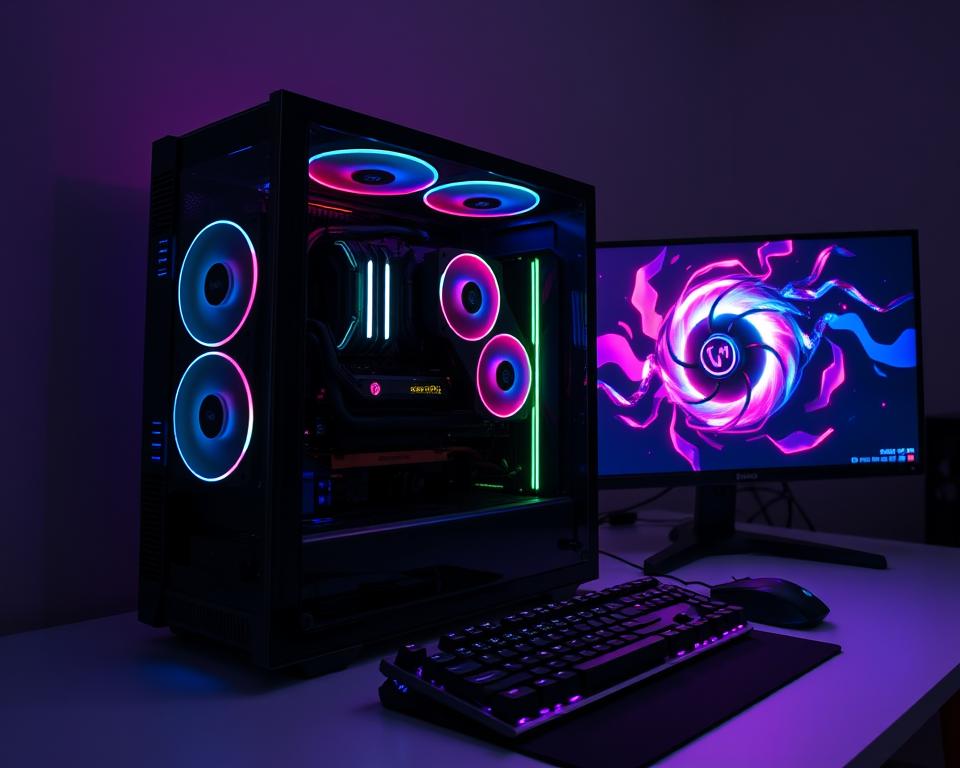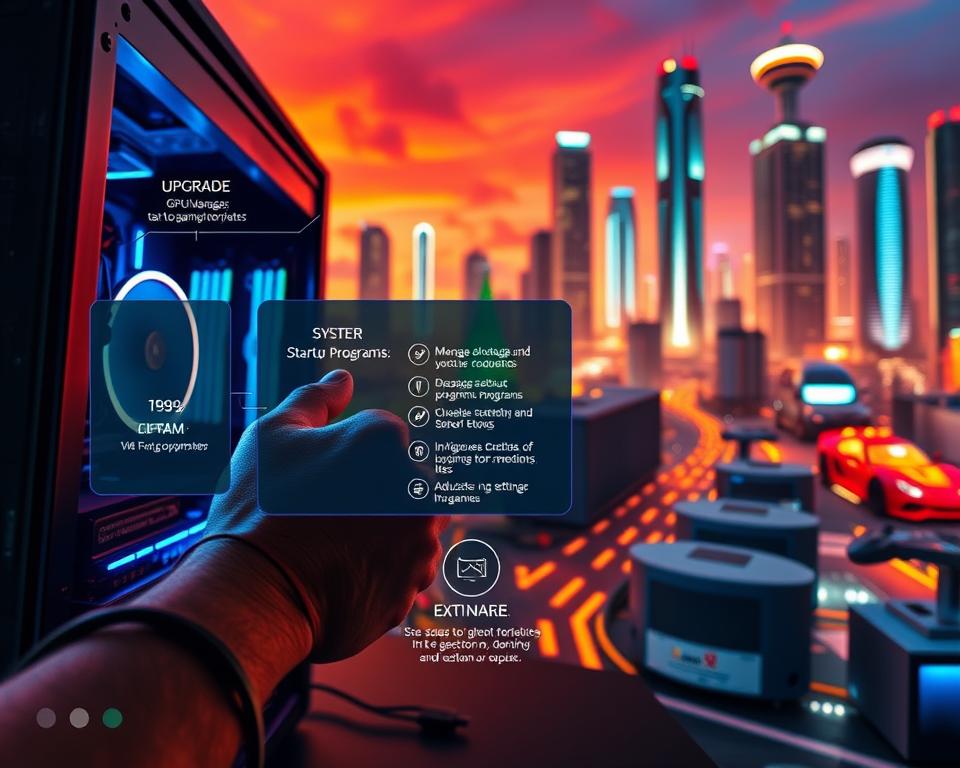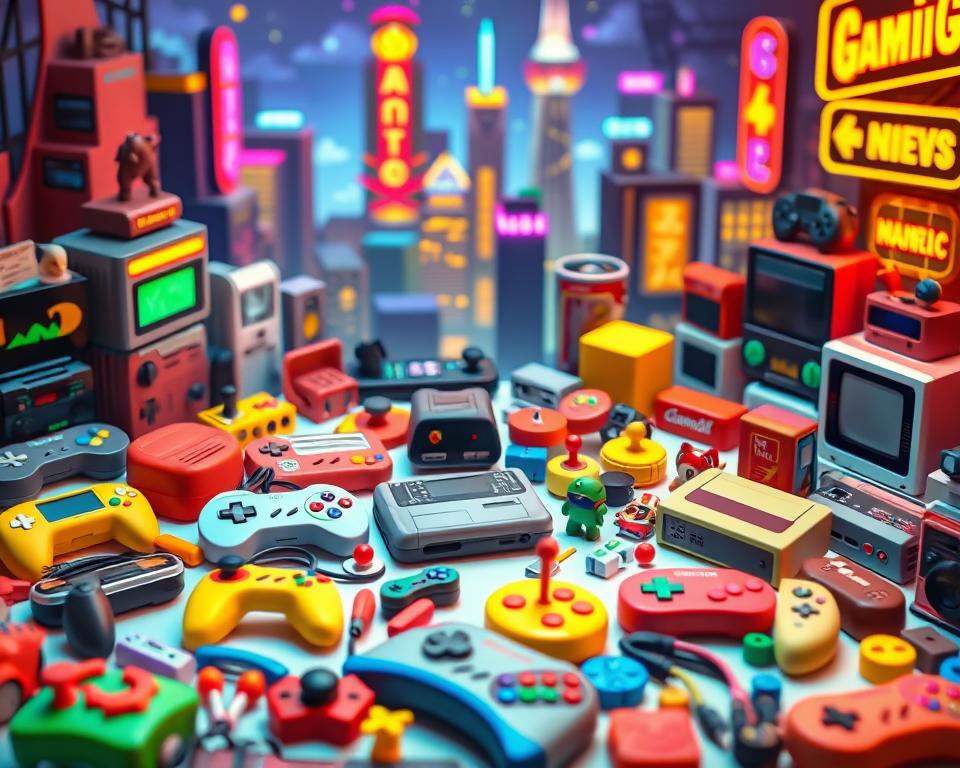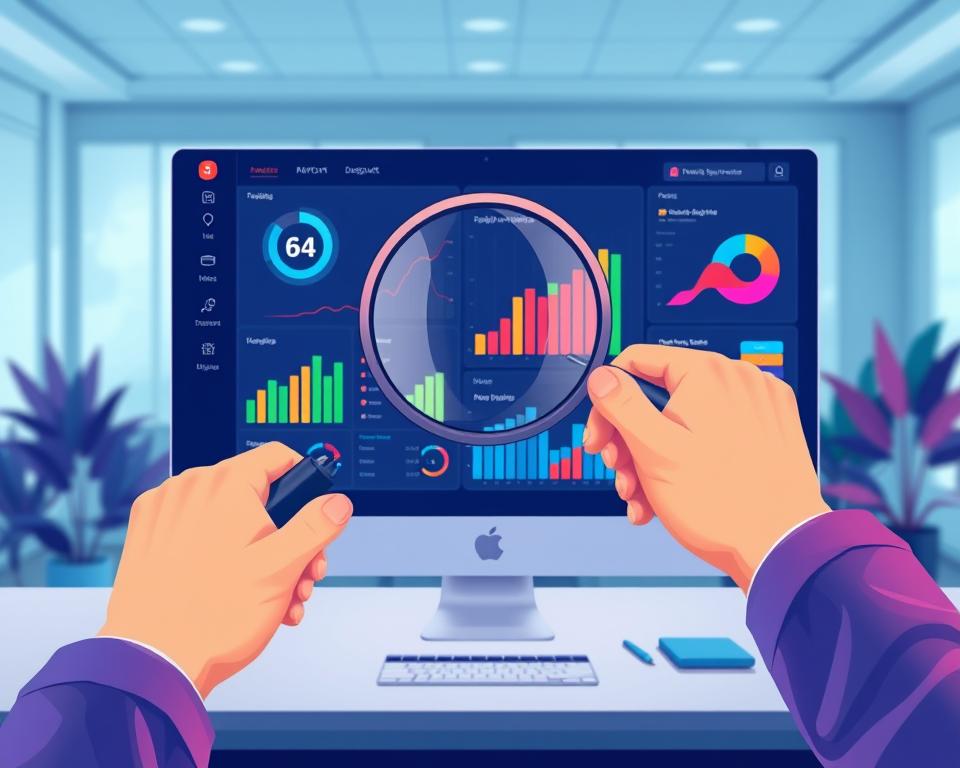Advertisements
Are you noticing jerks, long loads, or slow response from the controller? If you think your games need improvement, here's what to look for and how to act. In a few lines, I'll explain clear symptoms and practical solutions to improve your gaming experience without complications.
I'll show you why identifying signals early can change your game's performance and fluidity. You'll see simple options: adjust resolution and shadows per game, close background processes, and update drivers and the system.
We'll also discuss the role of your computer, from 144Hz monitors and dedicated GPUs to RAM and cooling. In a practical example I'll tell you when to carefully consider overclocking, and when it's not worth it, paying attention to temperature and stability.
Finally, I invite you to explore trends and compare sources to make informed decisions. Your life and development off-screen matters, and with concrete steps you can enjoy each game more.
Current context: Why identifying signals improves your gaming experience
Noticing small issues early on transforms how you enjoy each session and helps improve your gaming experience.
If you think that games need improvementsThe first thing is to learn to detect simple signs: FPS drops, textures that load late, or slow response when moving or shooting.
Your experience depends on two factors: the technical aspect and your own in-game tasks. Basic settings like in-game graphics, the High Performance power plan, and Windows 10's Game Mode often make a difference.
Tools and content Useful resources include Steam tests, YouTube guides, and forums like Reddit and GameSpot. These sources offer practical recommendations without forcing you to upgrade your hardware.
- Read early signals to act in stages: tweaks, optimization, then hardware.
- Combines practical intelligence with measurement and change recording.
- Prioritize what impacts performance the most and document your development for the future.
Technical signals: performance, stability and equipment response
Reviewing technical indicators helps you pinpoint what affects the performance and the stability of the equipment. Watch for FPS drops, stutter, or tearing, and note when they occur.

FPS drops, stutter, and tearing
To stabilize FPS, adjust the characteristics graphics per game: lower the resolution by one stop, reduce shadows and reflections, and try V‑Sync or an FPS limiter.
High processor or GPU temperature
If the temperature goes up and performance drops, clean dust, improve ventilation and change the thermal paste if necessary.
Input lag and slow response times
Activate the Mode Game, use the High Performance power plan and check the monitor. Connect wired peripherals for better answer and speed.
Errors, unexpected closures and drivers
Update game drivers and patches. Document changes and test one option at a time. “There is no one-size-fits-all solution”: compare data and proceed with caution.
“Monitor in real time before overclocking and backtrack if you see artifacts or crashes.”
- Prioritize textures and viewing distance.
- Use real-time monitoring to control temperature.
- Close background processes and update drivers.
Signs in your game: strategy, attention, and habits that hinder performance
Detecting habits that hinder your performance makes the difference between losing and improving a game.
Repeated errors in games: If you fail in the same situations again, record clips and analyze the video. See where you fail and which decisions you struggle with the most. Deliberate practice helps: work on just one mechanic per session and measure your progress.
Lack of clear goals and stress management
Define small goals for each session, for example “control zone X in two minutes.”
Manage the stress with breathing and pauses between games. This improves your focus and prevents tilt.
Limited team communication
Agree on simple roles and use keyword calls. Less noise, more clear commands.
- Use guides on GameFAQs or IGN and compare on Twitch to see different ways.
- Ask for reviews on Discord or Reddit to get real-world feedback.
- Keep a log of goals you've accomplished and those you're looking to accomplish next time.
“Tactical intelligence is refined through iteration: test, evaluate, adjust, and try again.”
How to act: practical short- and medium-term solutions
A simple and organized plan allows you to see performance gains in just a few sessions. Start with changes that don't cost money and progress based on the results.

Immediate adjustments
Reduces the resolution and lowers shadows or reflections in the characteristics graphics per game. Close background apps and activate the plan High performance or the mode Game on Windows.
Responsible optimization
If you consider overclocking, do so in small steps. Monitor temperature in real time and goes back if there is instability.
Upgrade and scale
Update drivers and system first. If the bottleneck is your equipment, add RAM, switch to a dedicated GPU, or upgrade to a 120/144 Hz monitor.
Improve your skills and resources
Practice with short objectives, review games and use tools online as guides and VODs. The artificial intelligence Scaling can improve FPS in supported titles.
“Start with software, then maintenance, and finally upgrades based on your budget.”
- Try adjustments today: lose weight and measure your answer.
- Update drivers and check stability for the second game.
- Measure FPS and 1% low to decide changes performance.
Conclusion
Collect the essentials and act with judgment. Adjust graphics per game, activate the power plan and the Game Mode. Close processes and keep your drivers up to date.
Clean your computer, check thermal paste, and monitor it in real time if you decide to overclock. Plan upgrades based on your budget: a 144Hz monitor, a dedicated GPU, or more RAM.
Practice with objectives, analyze video, and use online communities to compare data. Artificial intelligence can help with scaling, but decide by title and test first.
All this takes care of your life outside the game and reduces the stressWith small steps and persistence, you'll see your level rise over time.



